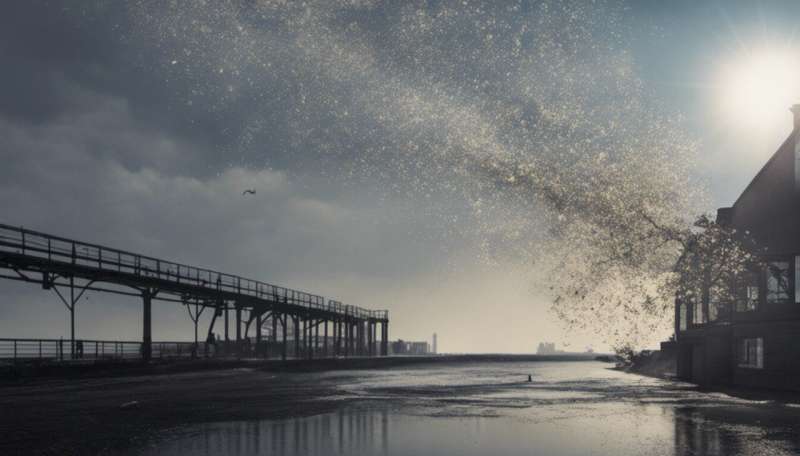Forensic breakthroughs win national recognition

Flinders-led research into techniques to isolate DNA in illicit drugs and to speed up the identification of disaster victims has been recognised in the National Institute of Forensic Science's (NIFS) annual awards.
The journal articles describing these novel processes – jointly developed by the University and Forensic Science South Australia (FSSA) – were judged Best Paper in a Refereed Journal and Best Technical Article, respectively.
The awards were presented this week to the researchers by Alastair Ross, Director of NIFS, in a ceremony at Flinders University.
One of the papers' authors, Professor Paul Kirkbride, who joined Flinders in February after five years as the AFP's Chief Scientist and 20 years at FSSA, said the research adopted two very different approaches to unique problems.
"As they are manufactured under conditions that are not sterile, illicit drugs can contain a mixture of biological materials such as pollen, fungus, bacteria or viruses," Professor Kirkbride said.
"The challenge was to find out whether we could collect the DNA from this material and develop a DNA sequence profile for it," he said.
"It turns out that, using a sophisticated processes devised by Emeritus Professor Leigh Burgoyne, we can.
"The aim was to see if these profiles could be used to compare one drug seizure to another, which can be useful intelligence in relation to trafficking networks or as evidence in court that a trafficker provided drugs to a number of users.
Identifying victims of natural or man-made disasters, such as a bushfire or bombing or plane crash, is often made slow and difficult by the environmental conditions and the sheer volume of body fragments present. The researchers found that stainless steel wire has the capacity to reliably collect enough DNA for analysis at the site of the disaster – bypassing the need for expensive, cumbersome DNA extraction equipment.
"The wire 'bursts' cells, if you like, and collects enough free DNA for forensic testing. You simply snip a bit of the wire off, put it in a test tube and it goes into the next part of the process where the DNA is amplified for profiling," Professor Kirkbride said.
"It takes hours off the entire process, allowing investigators to more quickly identify the number and identity of disaster victims."
Provided by Flinders University



















